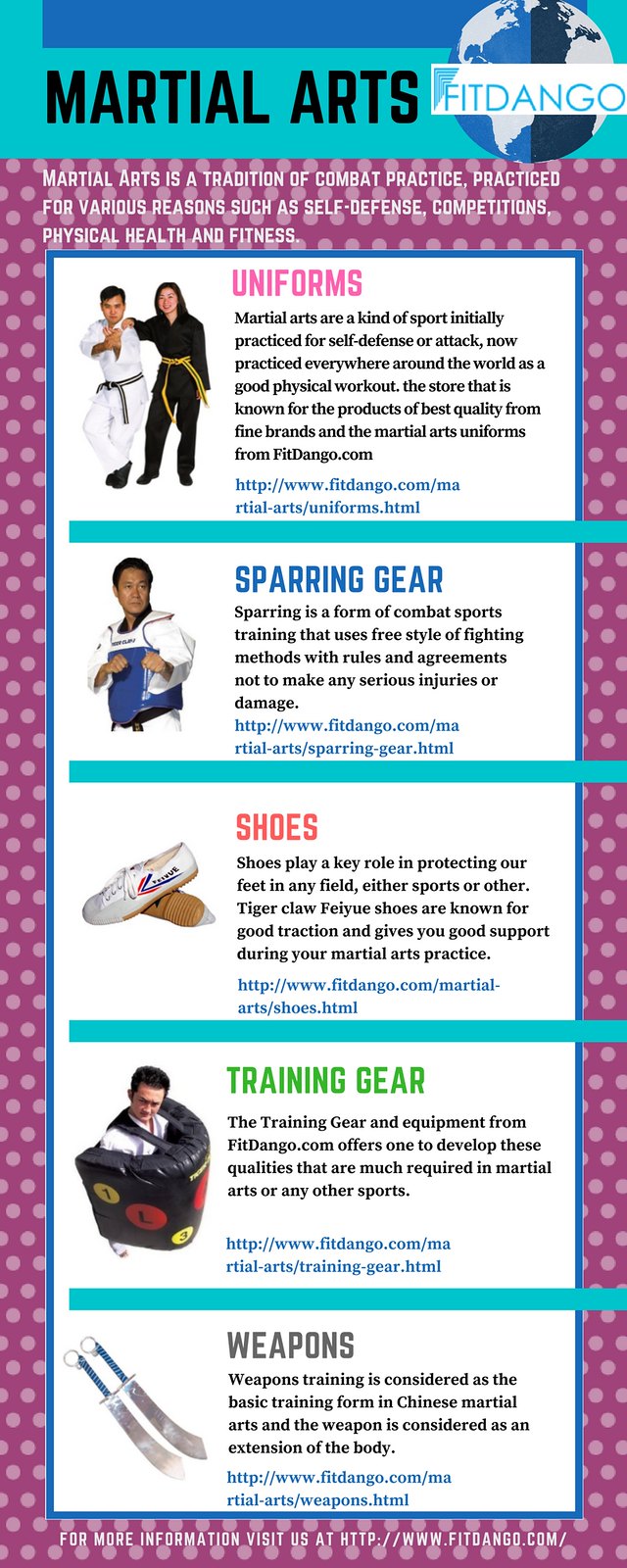The Worldwide History And Improvement Of Martial Arts
The Worldwide History And Improvement Of Martial Arts
Blog Article
Post By-Chu Graham
Martial arts have an interesting history that covers centuries and continents. You could find it interesting exactly how ancient methods like Shuai Jiao and Kalaripayattu laid the groundwork for modern battle methods. These techniques not only highlight physical skills yet likewise reflect the cultures that birthed them. As you explore their development, take into consideration just how globalization has actually changed these standard types into hybrid styles. What influences do you think have formed today's martial arts landscape?
Ancient Martial arts: The Structures of Battle
As you explore the globe of ancient martial arts, you'll find the abundant foundations that shaped fight strategies across societies. Early methods concentrated on Self-Defense and survival, usually integrating strikes, hurting, and weaponry.
In ancient China, for example, methods like Shuai Jiao emphasized throws and joint locks, while India's Kalaripayattu showcased agility and fluid motion. how to tie a martial arts belt created Kenjutsu, a refined swordsmanship that highlighted discipline and technique.
These martial arts offered not just for fight however additionally as a means of personal growth, instilling worths like respect and willpower. The mixing of these methods over time laid the groundwork for the varied martial arts you see today, each mirroring the one-of-a-kind viewpoints and demands of its culture.
The Cultural Impact on Martial Arts Development
While martial arts commonly mirror the useful requirements of a culture, they additionally personify the social worths and beliefs of their beginnings. When you check out different martial arts, you'll discover how they're influenced by religious beliefs, philosophy, and social standards.
For example, the focus on regard and technique in Japanese martial arts comes from Zen Buddhism and samurai culture. On the other hand, Brazilian Jiu-Jitsu advertises adaptability and method, formed by the demand for performance in a diverse, multicultural setting.
You might find that the routines, attires, and training methods show a neighborhood's background and identification. By comprehending these cultural impacts, you strengthen your recognition of martial arts and their role in shaping human experiences around the world.
Modern Adaptations and the Globalization of Martial arts
Martial arts have changed substantially in recent years, adjusting to modern culture and international impacts. You'll see that standard types have mixed with contemporary techniques, creating hybrid styles like MMA. These adaptations accommodate diverse target markets, making martial arts obtainable and appealing globally.
With the rise of social media sites and electronic systems, you can find tutorials and competitors from all corners of the world, breaking geographical barriers. This globalization has actually caused a shared gratitude for numerous techniques, from Brazilian Jiu-Jitsu to Taekwondo.
As you engage with these arts, you'll recognize they're not practically fight; they advertise physical fitness, self-control, and psychological health.
Ultimately, contemporary adaptations have enriched the martial arts landscape, making it a vibrant and progressing technique.
Conclusion
In discovering the background and evolution of martial arts, you discover a remarkable blend of techniques, cultures, and ideologies. From https://elementsmartialartskids22099.thenerdsblog.com/40203470/martial-arts-for-everyone-recognizing-your-finest-fit -controls like Shuai Jiao and Kalaripayattu to the modern flexibility seen in MMA, martial arts reflect humanity's mission for Self-Defense and individual development. As you engage with these methods, you not only get abilities yet also a deeper gratitude for the varied practices that form our globe today. So, continue your journey and accept the art of fight!
